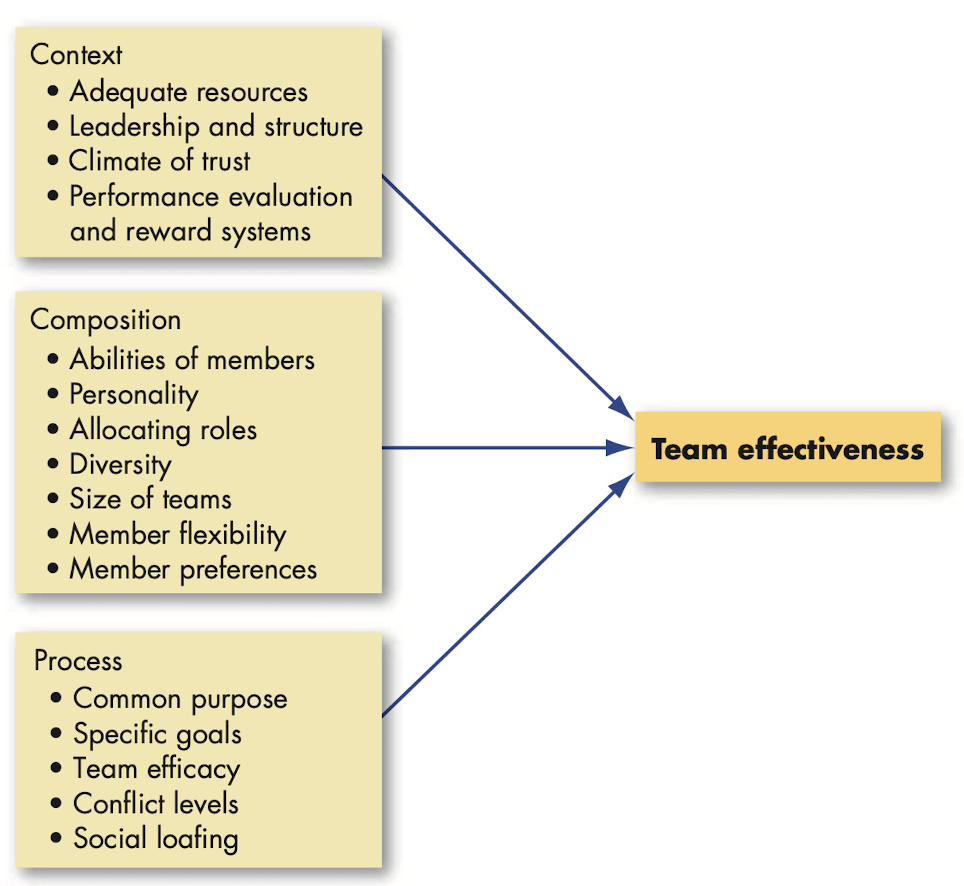4.5(2)
Explore Top Notes Note
Note Studied by 11 people
Studied by 11 people Note
Note Studied by 21 people
Studied by 21 people Note
Note Studied by 9 people
Studied by 9 people Note
Note Studied by 16 people
Studied by 16 people Note
Note Studied by 19 people
Studied by 19 people Note
Note Studied by 6 people
Studied by 6 people
Social Studies Quest Review
Nutrition Assessment
Conduction and Convection
Chapter 24: The Innate and Adaptive Immune Systems
21 Lab Tools
Positive Psychology: Understanding and Changing Human Behavior
 Knowt
Knowt

